 2 Riviera 2019 Hd
2 Riviera 2019 Hd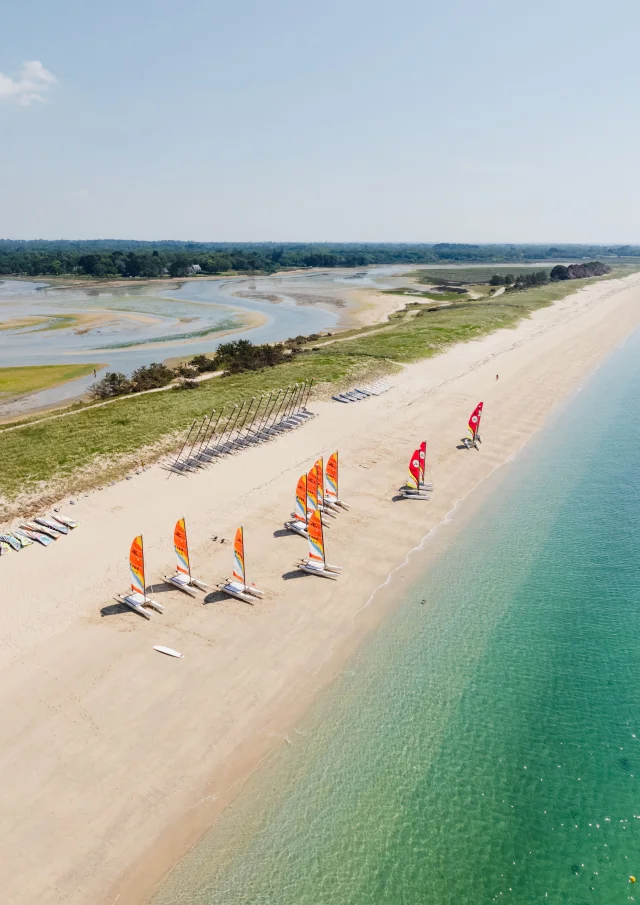 92 The Breton Riviera July 2024 Hd
92 The Breton Riviera July 2024 Hd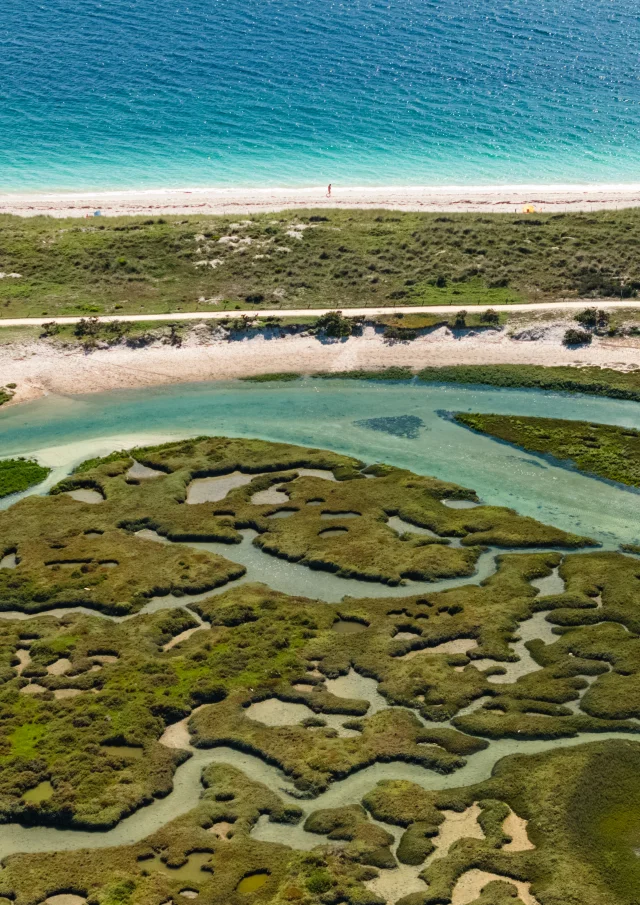 default
default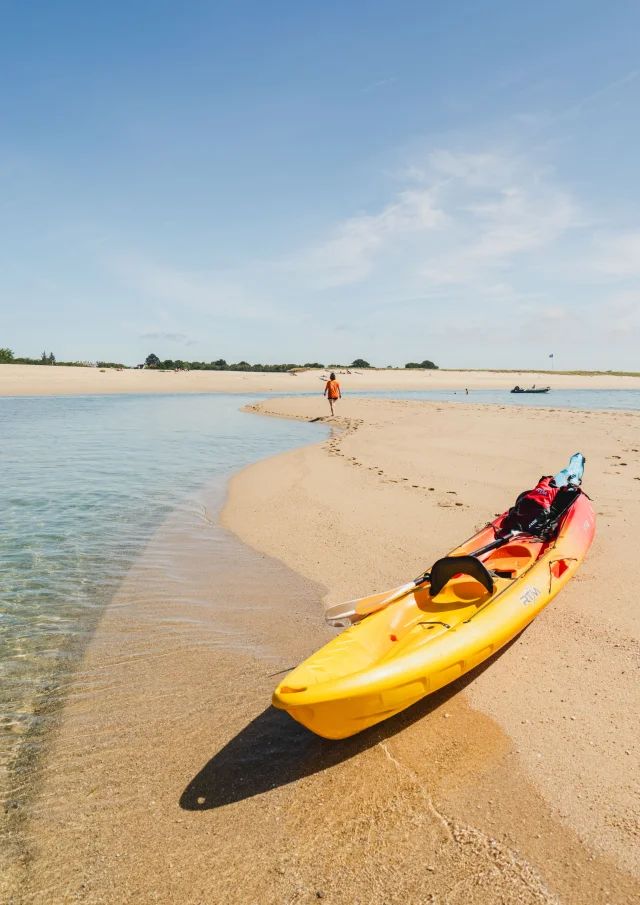 101 The Breton Riviera August 2024 Hd
101 The Breton Riviera August 2024 Hd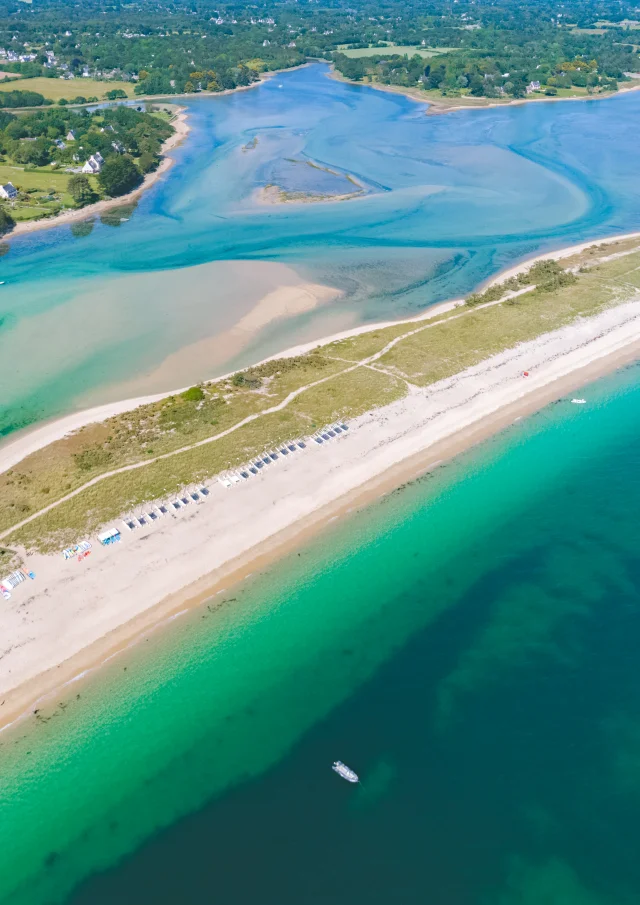 96 Riviera 2019 Hd
96 Riviera 2019 Hd The White Sea
The White Sea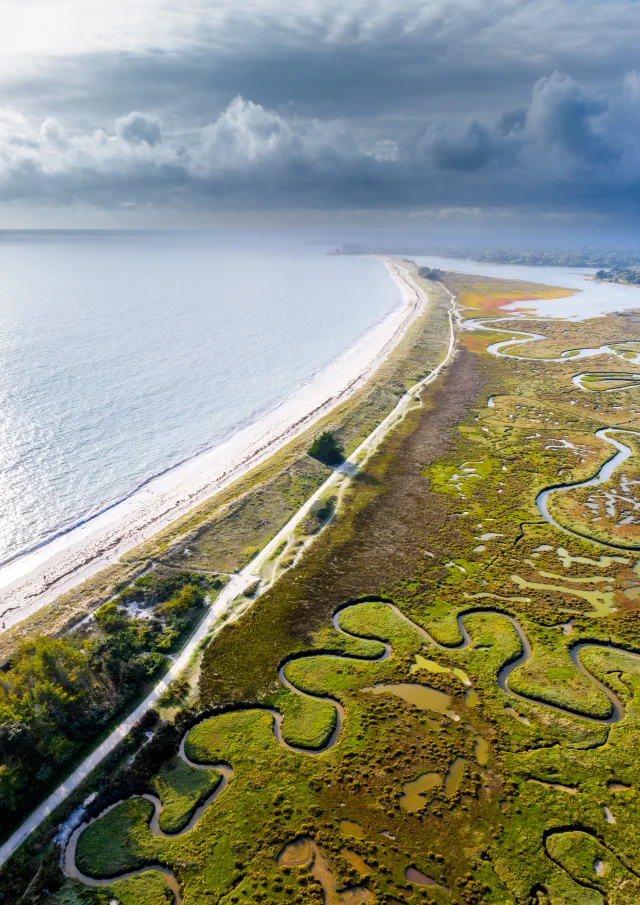 Fouesnant Hd Loic Lagarde 2
Fouesnant Hd Loic Lagarde 2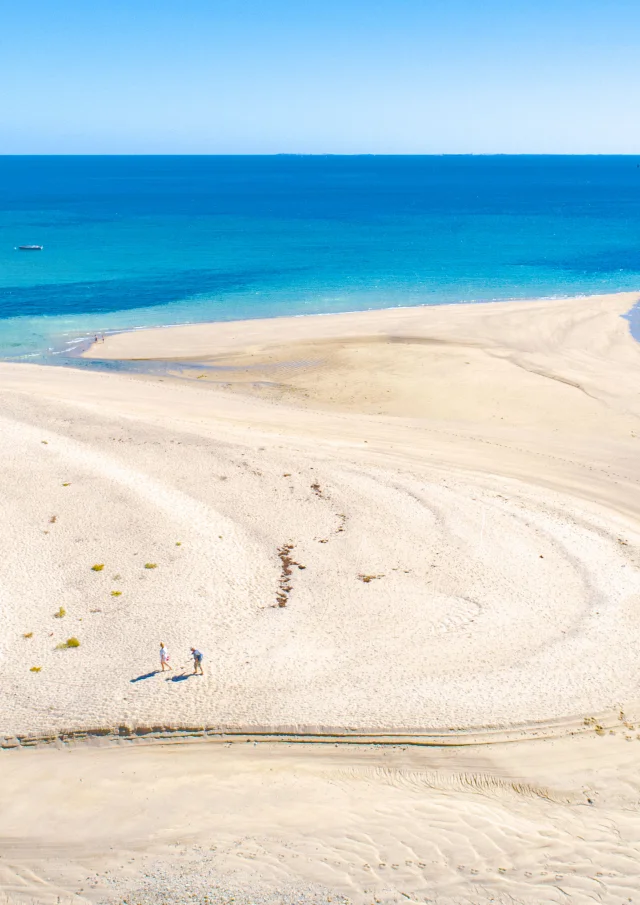 The White Sea
The White Sea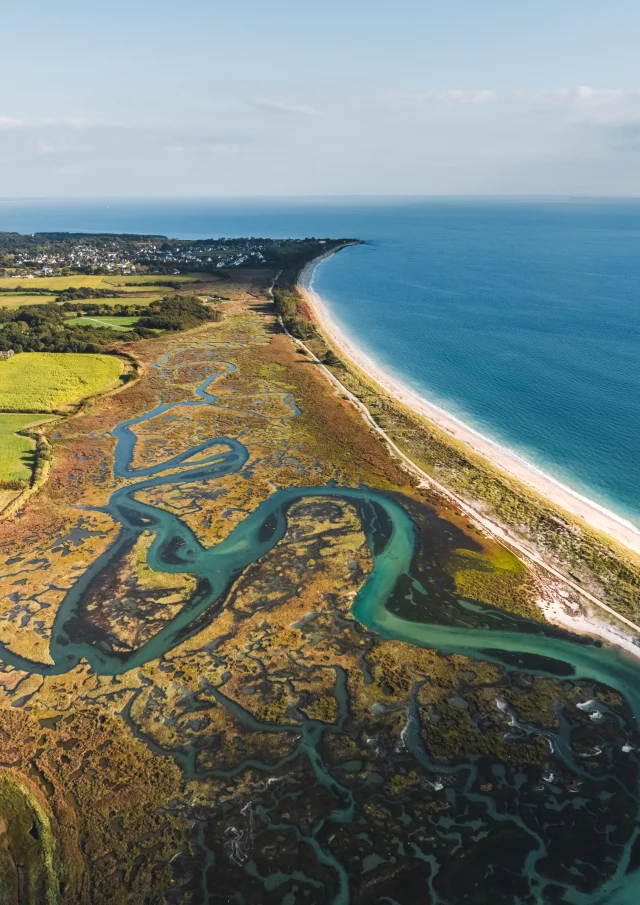 176 The Breton Riviera October 2024 Hd 1
176 The Breton Riviera October 2024 Hd 1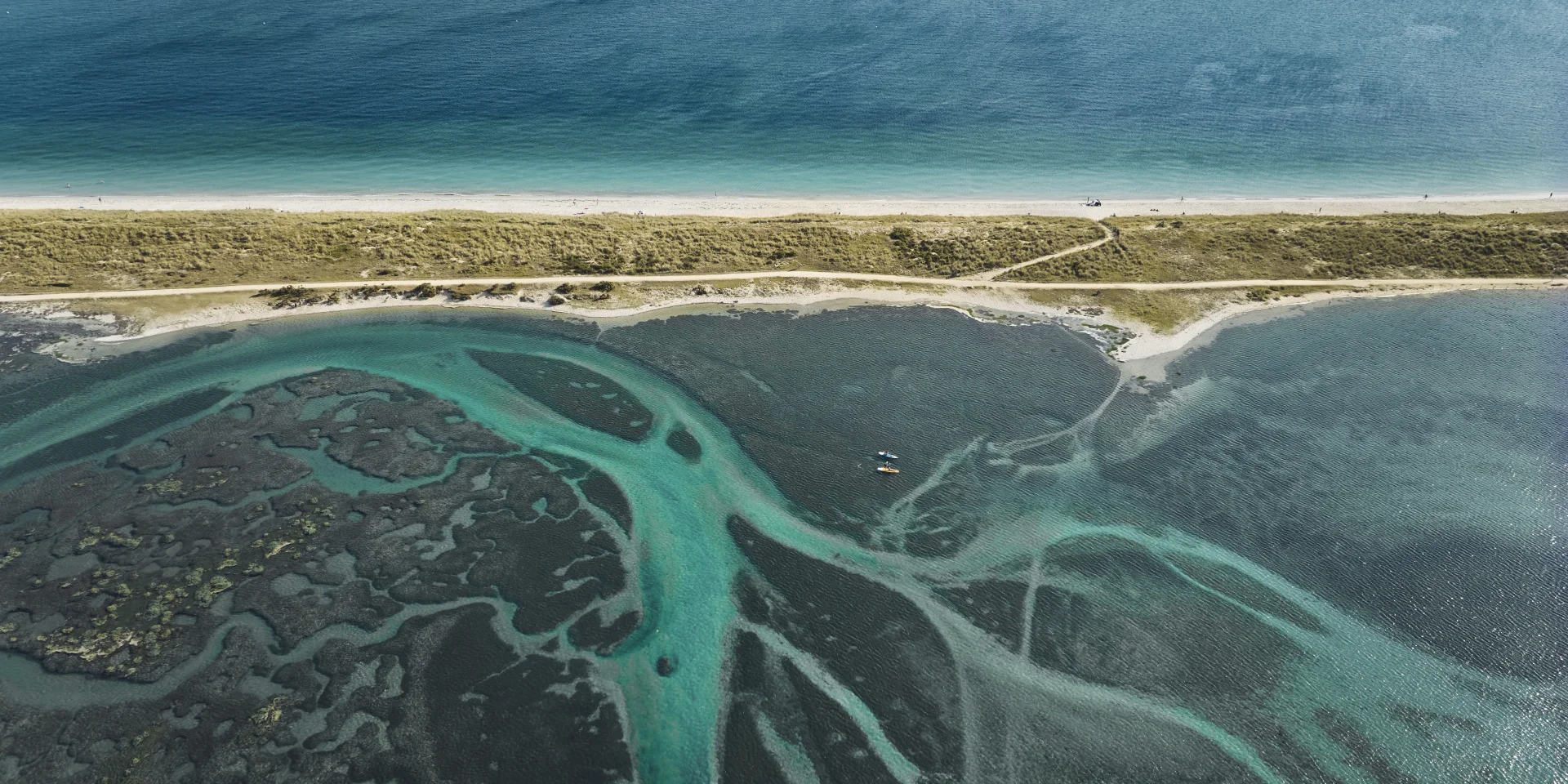 Flg22@alamoureux Dji 0428
Flg22@alamoureux Dji 0428Located to the west of the Pointe de Mousterlin in Fouesnant-les Glénan, the Mer Blanche is a coastal lagoon: an area of salt or brackish water separated from the sea by a dune belt. This coastal lagoon is sheltered from the Atlantic swell by a dune belt where the water ebbs and flows with the tides, making the site lively and changing, home to a wide variety of animal and plant species. At low tide, birds roam the foreshore in search of molluscs, crustaceans and seaweed. Many species of fish also frequent this lagoon (sea bass, mullet and flatfish).
 30 Riviera 2019 Hd
30 Riviera 2019 HdThe White Sea reveals a different face depending on the time of day, the season and the tide. It’s an extraordinary natural photography spot, bathed in soft light and open to vast horizons. This astonishing site, peaceful and ever-changing, creates a unique bond between man and nature. With each visit, the Mer Blanche reveals a little more of itself, but it also demands our kindness and respect.
Between the Pointe de Mousterlin and the Pointe de Beg Meil, this dune system, also known as Le Letty, forms a natural boundary between the Mousterlin marsh and the sea. The natural channels that once divided the dunes, bringing salt water to the marsh, have disappeared over time as the sand has shifted. The dunes now form a continuous line of sand.
Connected directly to the ocean by a gully, the Mer Blanche’s water is completely salty. The coastal lagoons play an essential role for many species of fish and contribute to the quality of the water.
Flora adapted to sand and water
Coastal flora is adapted to sand and salt water. On the dunes, oyats, dune spurge and sea bindweed fix the sand. At the edge of the lagoon, saltwort and sea plantain resist the salinity.
A discreet but very present fauna
At low tide, birds use the lagoon as a feeding ground throughout the year. Many species, such as the long-necked grebe, frequent the Mer Blanche. Small aquatic fauna also inhabit the shallow waters.
The entire coastline stretching from the Mer Blanche to Beg Meil, including the Mousterlin marsh, is classified as a protected area.
of Mousterlin, is classified Natura 2000.
 2025 0409 Bretagne Finistere Fouesnant Earth Dsc09660 Rle Min
2025 0409 Bretagne Finistere Fouesnant Earth Dsc09660 Rle Min